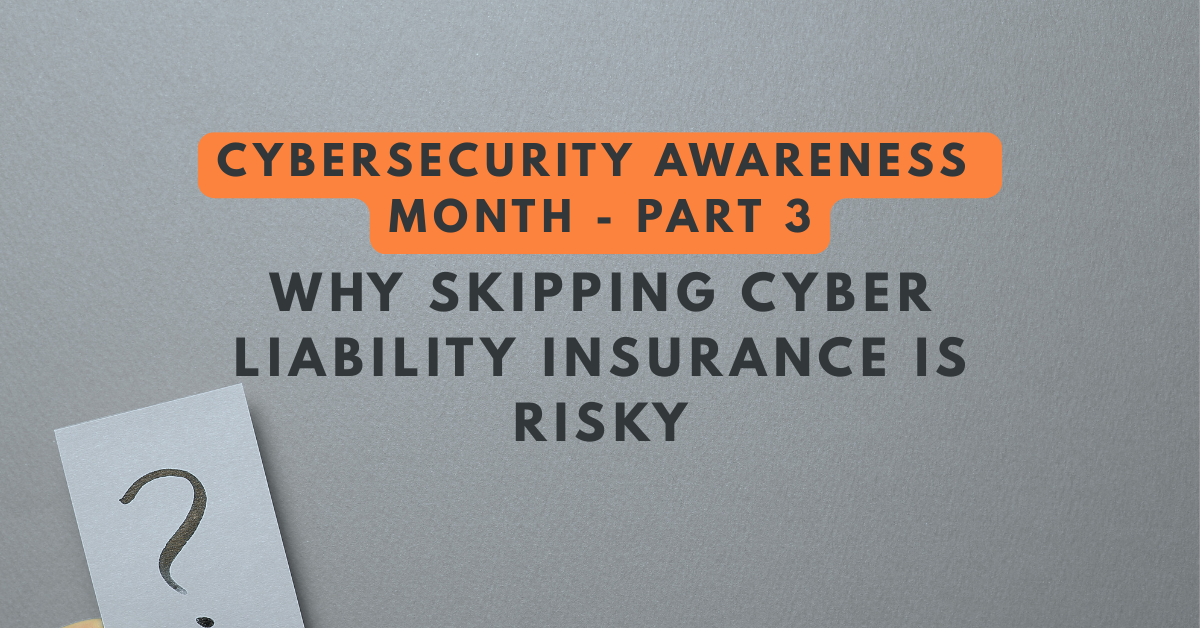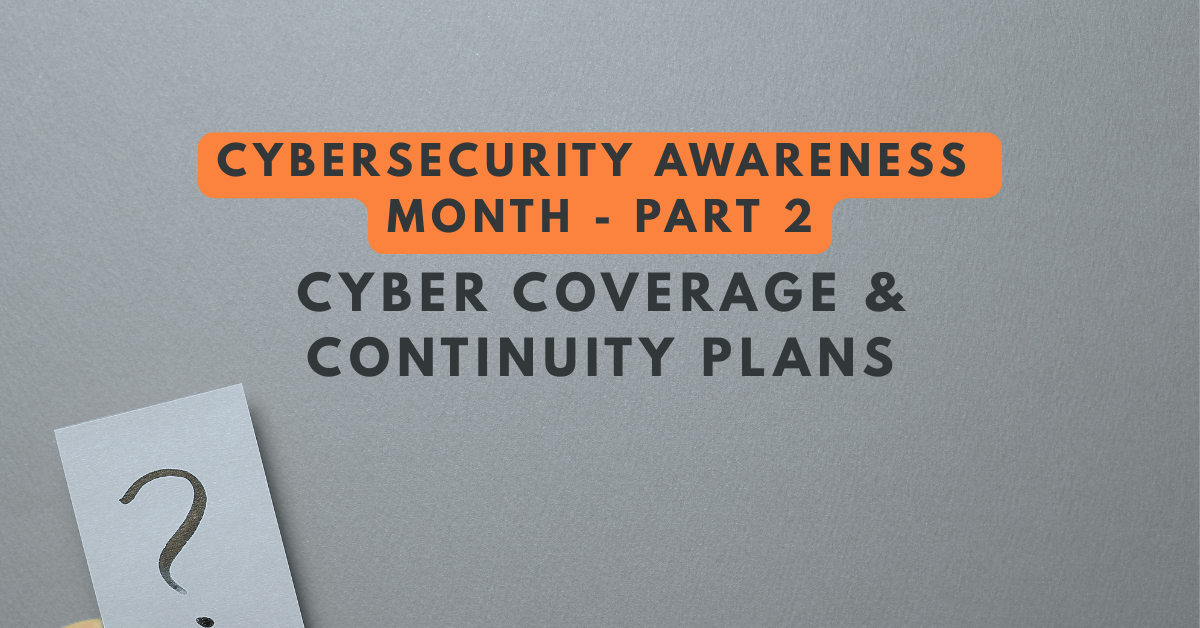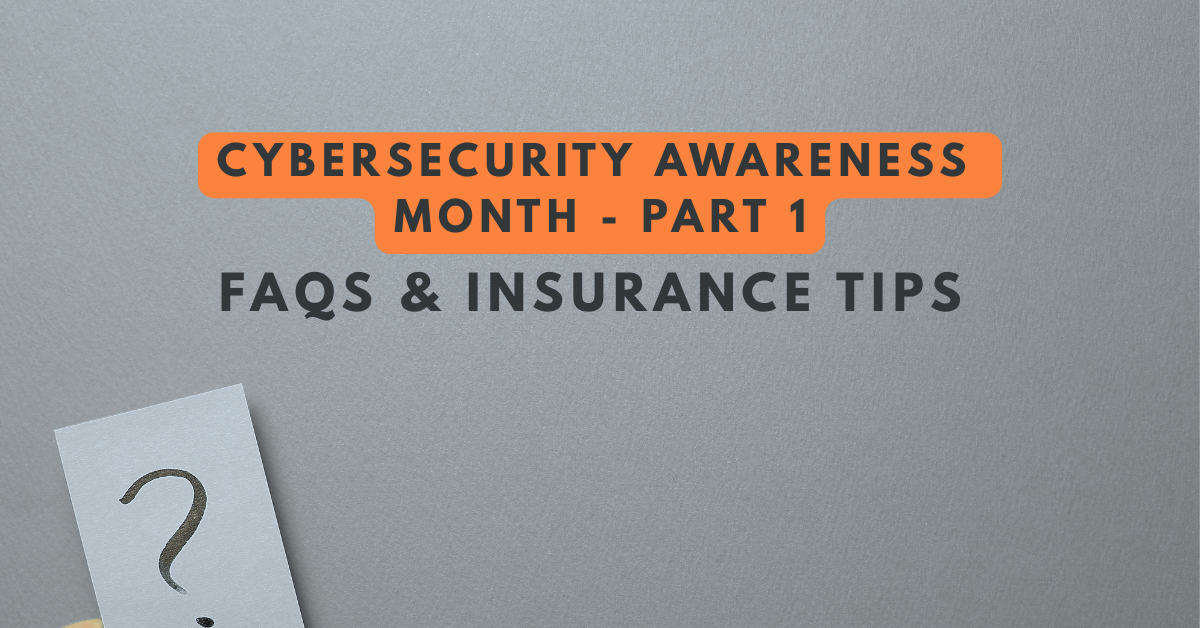Strengthening Your Cyber Defenses Before It’s Too Late
See How We're Different
or call us: (858) 384‑1506
In today’s digital age, small and medium-sized businesses (SMBs) face increasing risks from cyber threats. A recent blog by Fusco Orsini & Associates highlighted the significant impact of the CrowdStrike incident and underscored the importance of cyber insurance in mitigating such risks. Building on that discussion, this blog from 4C Advising delves deeper into practical risk management and loss control strategies that SMBs can implement to strengthen their cyber defenses and prevent breaches.
For a comprehensive understanding of how cyber insurance plays a crucial role in loss recovery, please read our detailed analysis of the CrowdStrike incident here. This complimentary guide will equip you with essential measures to protect your business from cyber threats proactively.
Risk Management and Loss Controls for Avoiding Cyber Breaches and Attacks
Effective risk management and loss controls are essential for businesses to protect themselves against cyber breaches and attacks. Here are several strategies and best practices that SMBs can implement to enhance their cybersecurity posture:
1. Conduct Regular Risk Assessments
- Identify Vulnerabilities: Regularly assess your IT infrastructure to identify potential vulnerabilities. This includes reviewing software, hardware, and network configurations.
- Prioritize Risks: Determine which vulnerabilities pose the greatest threat to your business and prioritize addressing them based on their potential impact.
2. Implement Strong Access Controls
- Use Multi-Factor Authentication (MFA): Implement MFA to access critical systems and data. This adds an extra layer of security beyond just passwords.
- Role-Based Access Control (RBAC): Restrict access to sensitive information based on employees’ roles and responsibilities. Ensure that employees have access only to the data they need to perform their jobs.
3. Regularly Update and Patch Systems
- Keep Software Updated: Regularly update all software, including operating systems and applications, to protect against known vulnerabilities.
- Automate Patching: Use automated tools to apply patches promptly and consistently across all systems.
4. Employee Training and Awareness
- Cybersecurity Training: Provide regular cybersecurity training for employees to help them recognize and avoid phishing scams, social engineering attacks, and other common threats.
- Simulated Phishing Exercises: Conduct simulated phishing exercises to test employees’ awareness and reinforce training.
5. Data Encryption
- Encrypt Sensitive Data: Encryption protects sensitive data at rest and in transit. This ensures that even if data is intercepted, it cannot be read without the decryption key.
- Use Secure Connections: Ensure that all data transmitted over the internet is encrypted using secure protocols like HTTPS and VPNs.
6. Develop and Test an Incident Response Plan
- Create an Incident Response Plan: Develop a comprehensive incident response plan that outlines the steps to take in the event of a cyberattack or breach.
- Regular Drills: Conduct regular drills and simulations to test the plan’s effectiveness and ensure all employees know their roles and responsibilities.
7. Implement Network Security Measures
- Firewalls and Intrusion Detection Systems (IDS): Use firewalls and IDS to monitor network traffic and block unauthorized access.
- Segment Networks: Divide your network into segments to limit the spread of malware and contain potential breaches.
8. Backup and Recovery
- Regular Backups: Regularly back up critical data and ensure that backups are stored securely and are accessible in the event of an attack.
- Test Recovery Procedures: Regularly test your backup and recovery procedures to ensure data can be restored quickly and accurately.
9. Engage with Cybersecurity Experts
- Consult with Experts: Work with cybersecurity experts to conduct thorough assessments and implement advanced security measures.
- Managed Security Services: Use managed security services to continuously monitor and protect your systems.
By implementing these risk management and loss control strategies, businesses can significantly reduce their vulnerability to cyberattacks and enhance their ability to recover from any incidents that do occur.
Call to Action
At 4C Advising, we understand the critical importance of robust cybersecurity measures for SMBs. To help you strengthen your cyber defenses, we offer a range of resources designed to enhance your risk management strategies and loss controls. Explore our comprehensive guides and tools, including:
- Cyber Incident Response Plan: A step-by-step guide to preparing and responding effectively to cyber incidents.
- Risk Assessment Checklist: Identify and prioritize vulnerabilities in your IT infrastructure.
- Employee Cybersecurity Training Program: Equip your team with the knowledge to recognize and avoid common cyber threats.
- Data Encryption Best Practices: Protect sensitive information at rest and in transit.
Take proactive steps to secure your business today. Contact us for a personalized consultation to ensure your SMB is prepared to face the ever-evolving landscape of cyber threats. Together, we can build a resilient and secure future for your business.
References:
- NIST Cybersecurity Framework
- Cybersecurity & Infrastructure Security Agency (CISA)
- SANS Institute
I wrote this with some help from my friends at Open AI.
OpenAI. (2024).
ChatGPT
(4o) [Large language model].







